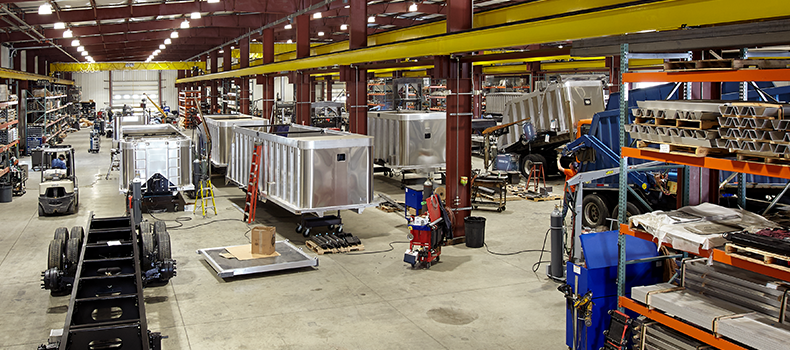 When you're running a production line's welding operations, there are any number of factors you need to take into consideration that can impact your overall profitability. By taking these factors into consideration, you can develop a welding process that maximizes profitability and quality. However, issues such as low weld deposition, high levels of spatter, poor weld penetration, welding out of position, poor bead appearance, distortion of thinner materials and low weld speed can all quickly impact your profitability in a negative way. One solution to consider is low-frequency pulse MIG welding.
When you're running a production line's welding operations, there are any number of factors you need to take into consideration that can impact your overall profitability. By taking these factors into consideration, you can develop a welding process that maximizes profitability and quality. However, issues such as low weld deposition, high levels of spatter, poor weld penetration, welding out of position, poor bead appearance, distortion of thinner materials and low weld speed can all quickly impact your profitability in a negative way. One solution to consider is low-frequency pulse MIG welding.
In the past, aluminum alloy welding has almost always required more time-consuming TIG welding systems to be used. But by using low-frequency pulse MIG welding operations, you can enjoy the quality and appearance of TIG welding with the speed of MIG welding. How do you know if this type of welding is right for your particular situation? Here are some details to help you determine whether low-frequency pulse MIG welding is a good choice for your production line.
Benefits of low-frequency pulse MIG welding
- High deposition: When you need to get a good amount of material down into the weld, the action of this style of welding provides high deposition rates.
- Low spatter: Spatter can cause profitability problems as excess welding wire is thrown out of the weld adhering to the base metal requiring additional labor and grinding cost.
- Good penetration: When welding aluminum without a TIG welder, it's fairly common for the welder to have poor penetration into the weld out of fear that higher settings will promote burn-through on the material. Low-Frequency Pulse MIG welding provides adequate penetration while minimizing heat input to avoid burn-through.
- Weld out of position: Many welders have issues with welding out of position. With this type of welding, you can easily meet standards for welding overhead, 6G, 5G, on pipe and several other positions that can otherwise be problematic.
- Superior bead appearance: Because of the very neat appearance of the bead, material welded using this method is often mistaken for TIG welding.
- Faster speed: TIG welding tends to proceed at a much slower rate. This type of MIG welding can be accomplished much faster, keeping your production line moving.
- Distortion control: An issue with many thinner materials, this type of MIG welding works well in a number of automotive applications requiring the use of thinner and thinner materials to reduce weight. though not with body panels.
By using a low-frequency pulse MIG welding process on your production line, you can realize significant savings in terms of material, finishing work and quality control beyond what you'd typically see with other welding operations. If you'd like more information on whether this process is right for your operation and what equipment would fit your needs best, please feel free to contact us today. At OTC Daihen, we've been leading the charge for industrial welding innovation for nearly a century.



